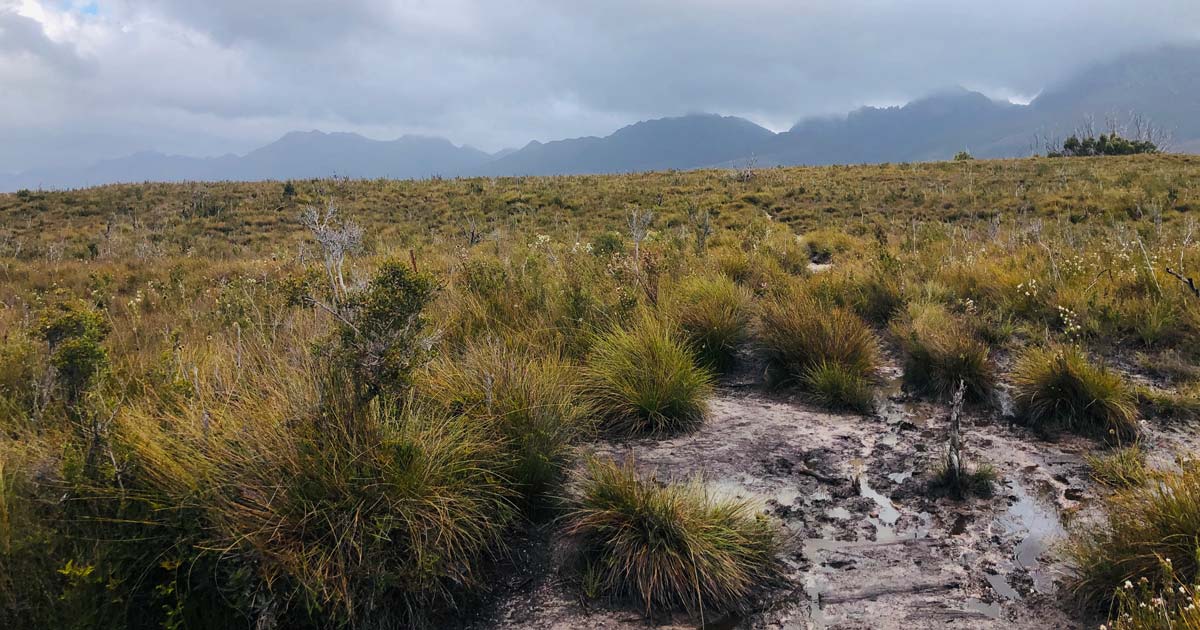Hiking can be an exciting and invigorating outdoor activity, but encountering muddy trails can pose challenges. Mud can make the trail slippery and challenging to navigate, increasing the risk of slips, falls, and injuries. However, with the right approach and techniques, you can safely hike through muddy terrain. If the designated trail is muddy, it can be tempting to create unofficial paths or bypass the mud by veering off the trail. However, it’s important to resist the urge to do so, as trail braiding can have negative impacts on the environment and the hiking experience. Here’s the best ways to walk through mud when hiking, with practical tips and strategies to help you stay safe and enjoy your muddy adventures.
Choosing the right footwear
One of the most critical factors in safely navigating mud is wearing the appropriate footwear. Invest in waterproof hiking boots or shoes with good traction to provide grip and prevent slipping. Avoid wearing shoes made of mesh or with low traction soles, as they may not offer sufficient protection and traction on muddy trails. Make sure your footwear fits well and provides ankle support to prevent twisting injuries. Gaiters are also great for keeping mud out of your boots and off your lower legs so consider giving these a go.
Taking shorter steps
When hiking through mud, taking shorter steps can help you maintain balance and stability. Avoid taking long strides, as they can increase the risk of slipping. Instead, take shorter steps, keeping your feet parallel to the ground, and distribute your weight evenly. This will help you stay balanced and reduce the chances of slipping or sinking into the mud.
Using hiking poles
Hiking poles can provide invaluable support when navigating muddy terrain. Use them to test the depth and stability of the mud before taking a step. Plant them firmly in the ground and use them to help you maintain balance and stability. Hiking poles can also provide additional traction and support, especially when crossing slippery sections or traversing steep slopes. Make sure to adjust the length of your hiking poles to suit the terrain and your height for maximum effectiveness.
Look for solid ground
When hiking through mud, try to find solid ground, such as rocks, tree roots, or patches of grass, to step on. These areas can provide better traction than pure mud, allowing for safer passage. Take the time to assess the ground ahead and look for stable surfaces to place your feet. Avoid stepping on uneven surfaces or rocks that could cause your ankles to twist or lead to slips.
Avoiding twisting your ankles
Mud can be slippery, and twisting your ankles is a common risk. To minimise this risk, be mindful of your ankle placement. Avoid stepping on uneven surfaces, rocks, or roots that could cause your ankles to twist. Take your time and be cautious with each step, ensuring that you place your feet on stable ground to prevent ankle injuries.
Keeping your weight forward
Maintaining the right body posture can help you stay balanced and prevent falls in muddy terrain. Lean slightly forward, keeping your weight centered over your feet. This can help you maintain balance and prevent falling backward. Avoid leaning too far back, as it can throw off your balance and increase the risk of slipping.
Taking breaks
If the mud is particularly challenging or the trail is slippery, take breaks to rest and re-assess your route. Avoid rushing through muddy terrain, as it can increase the risk of slips and falls. Take the time to evaluate the trail ahead, plan your steps, and take breaks as needed to ensure your safety. Remember that it’s better to take your time and proceed cautiously than to rush and risk an injury.
Bringing extra clothes
Hiking through mud can be messy, so it’s essential to be prepared. Bring extra clothes and waterproof gear to stay comfortable and dry. Consider packing rain gear, extra socks, and a towel to dry off after traversing through mud. Having spare clothes can also come in handy in case you slip and get muddy, allowing you to change into dry clothes to prevent discomfort and hypothermia in colder weather. Depending on the conditions and how deep the mud is, I sometimes prefer to wear hiking shorts when walking through mud as it is easier to clean and dry your legs than it is a pair of hiking pants. As mentioned earlier, gaiters are also great for keeping mud out of your boots and off your lower legs so consider giving these a go. They will also provide a bit of extra protection from obstacles hidden in the mud.
Time to find a muddy trail

Hiking through mud can be challenging, but with the right techniques and precautions, you can safely navigate muddy trails. Remember to choose appropriate footwear, take shorter steps, use hiking poles, look for solid ground, avoid twisting your ankles, keep your weight forward, take breaks, and bring extra clothes. Always prioritise safety and take your time to assess the conditions and choose your steps carefully. By following these tips and techniques, you can confidently hike through muddy terrain while minimising the risk of slips, falls, and injuries. Stay safe, be mindful of your surroundings, and enjoy the beauty of nature even when the trails get muddy.


